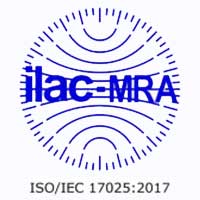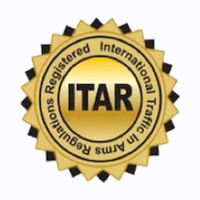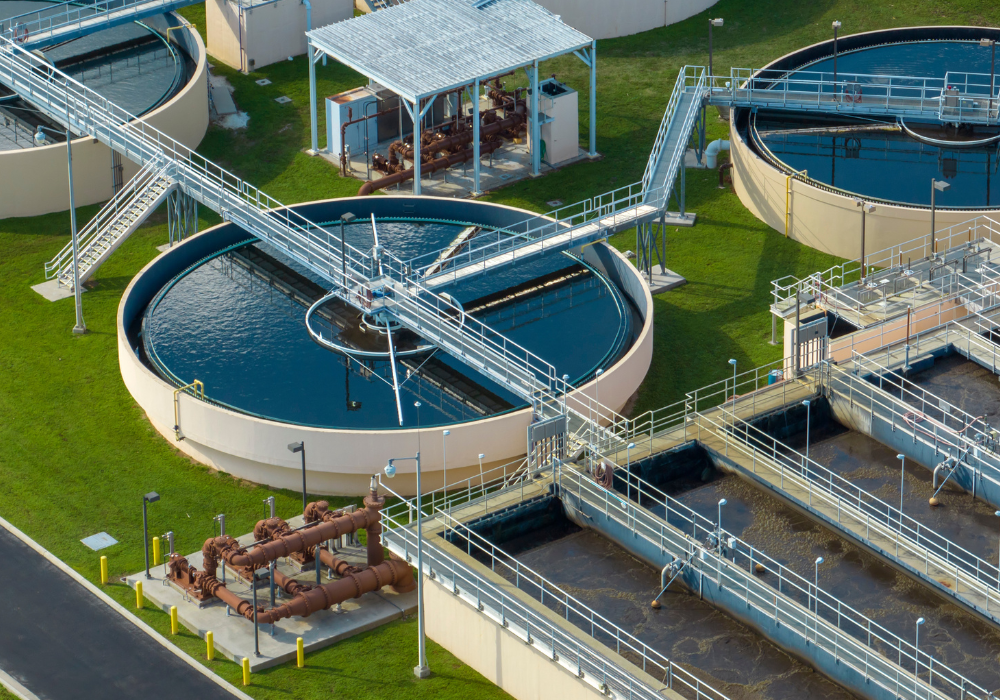






Contact Us

Temperature Transmitters
Wire Harnesses
Temperature Sensors
Fiber Optic Sensor Systems (Partner Company)
Thermocouple/Extension Wire
Temperature and Process Controllers
Specialty Metals
Products / Exposed & Bare Wire Thermocouples / NTC Thermistor Probes
NTC Thermistor Probes
Nanmac NTC (Negative Temperature Coefficient) thermistor probes are engineered to meet the demands of diverse applications across multiple industries. Engineered for surface, air-gas, HVACR, liquid, and patient monitoring applications, Nanmac NTC probes are available in a range of housing configurations and styles.
Whether you require standard or custom configurations, our probes deliver precise and reliable performance to suit your specific needs.
Custom Probes
Custom and standard machined metal housings offered in brass, stainless steel, aluminum, and specialized alloys are available.
Contact us for more information on custom probes.



Key Features
Custom and standard machined metal housings
ATEX explosion-proof assemblies
AS9100 aerospace assemblies
Available in temperature ranges from -80ºC to +300ºC
Standard tubular, ring lug, and clip-on options
Plastic over-molding options
Choosing Between Thermistors and RTDs
Thermistors and Resistance Temperature Detectors (RTDs) are critical types of resistive devices, each with resistance values that change predictably in response to temperature fluctuations. RTDs typically feature a pure metal element, most commonly platinum, encased within a protective probe or sheath, or embedded into a ceramic substrate.
Thermistors, on the other hand, are composed of composite materials, usually metal oxides such as manganese, nickel, or copper, combined with binding agents and stabilizers.
Recent advancements in meters and controllers have led to the growing popularity of thermistors. Modern meters are now versatile enough to accommodate a wide range of thermistor types, facilitating easy probe interchangeability.


A key distinction between thermistors and RTDs lies in their standardization. While RTDs adhere to established standards, thermistor curves can vary significantly between manufacturers. Therefore, the system electronics must be precisely matched to the specific thermistor curve.
In RTDs, there is a direct correlation between resistance and temperature - increasing temperature results in increased resistance. Conversely, in Negative Temperature Coefficient (NTC) thermistors, resistance decreases as temperature increases. The relationship between temperature and resistance is linear for RTDs, while for NTC thermistors, it follows an exponential curve.
Both RTDs and NTC thermistors require an excitation source and are well-suited for various applications demanding precise temperature measurement and control.
Both RTDs and NTC thermistors require an excitation source and are effective for applications requiring precise temperature measurement and control. However, the key difference lies in their temperature range. For applications exceeding 130°C, RTDs are the only viable option.
Thermistor Key Characteristics
Range
Thermistors are limited to monitoring a narrower temperature range compared to RTDs. While RTDs can measure temperatures up to 600°C, thermistors are restricted to a maximum of 130°C. For applications requiring temperature monitoring beyond 130°C, the RTD probe is the only viable option.
Cost
Thermistors are generally more cost-effective than RTDs, making them the preferred choice if the application temperature falls within their operational range. However, thermistors with extended temperature ranges or interchangeability features can be more expensive than RTDs.
Sensitivity
Both thermistors and RTDs respond to temperature changes with predictable shifts in resistance. However, thermistors exhibit a significantly larger resistance change—by tens of ohms per degree—compared to the smaller resistance change in RTDs. This allows for more precise readings when using the appropriate meter. Additionally, thermistors offer faster response times, detecting temperature changes more quickly, and can feature a sensing area as small as a pinhead, providing rapid feedback.
Accuracy
While top-tier RTDs offer accuracy comparable to thermistors, they introduce additional resistance to the system, which can skew readings, especially over long cable runs. The larger the thermistor, the higher its resistance, making it less susceptible to errors from extended distances. If long cables are involved and adding a transmitter isn’t feasible, a thermistor is the more reliable choice.
Specifications Comparison
| Sensor Type | Thermistor | RTD |
| Temperature Range (typical) | -100 to 325°C | -200 to 650°C |
| Accuracy (typical) | 0.05 to 1.5°C | 0.1 to 1°C |
| Long-term stability @ 100°C | 0.2°C/year | 0.05°C/year |
| Linearity | Exponential | Fairly linear |
| Power required | Constant voltage or current | Constant voltage or current |
| Response time | Fast 0.12 to 10s | Generally slow 1 to 50s |
| Susceptibility to electrical noise | Rarely susceptible high resistance only | Rarely susceptible |
| Cost | Low to moderate | High |
Request a Quote
Please contact us to request a quote.
© 2025 Nanmac Corporation








